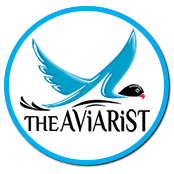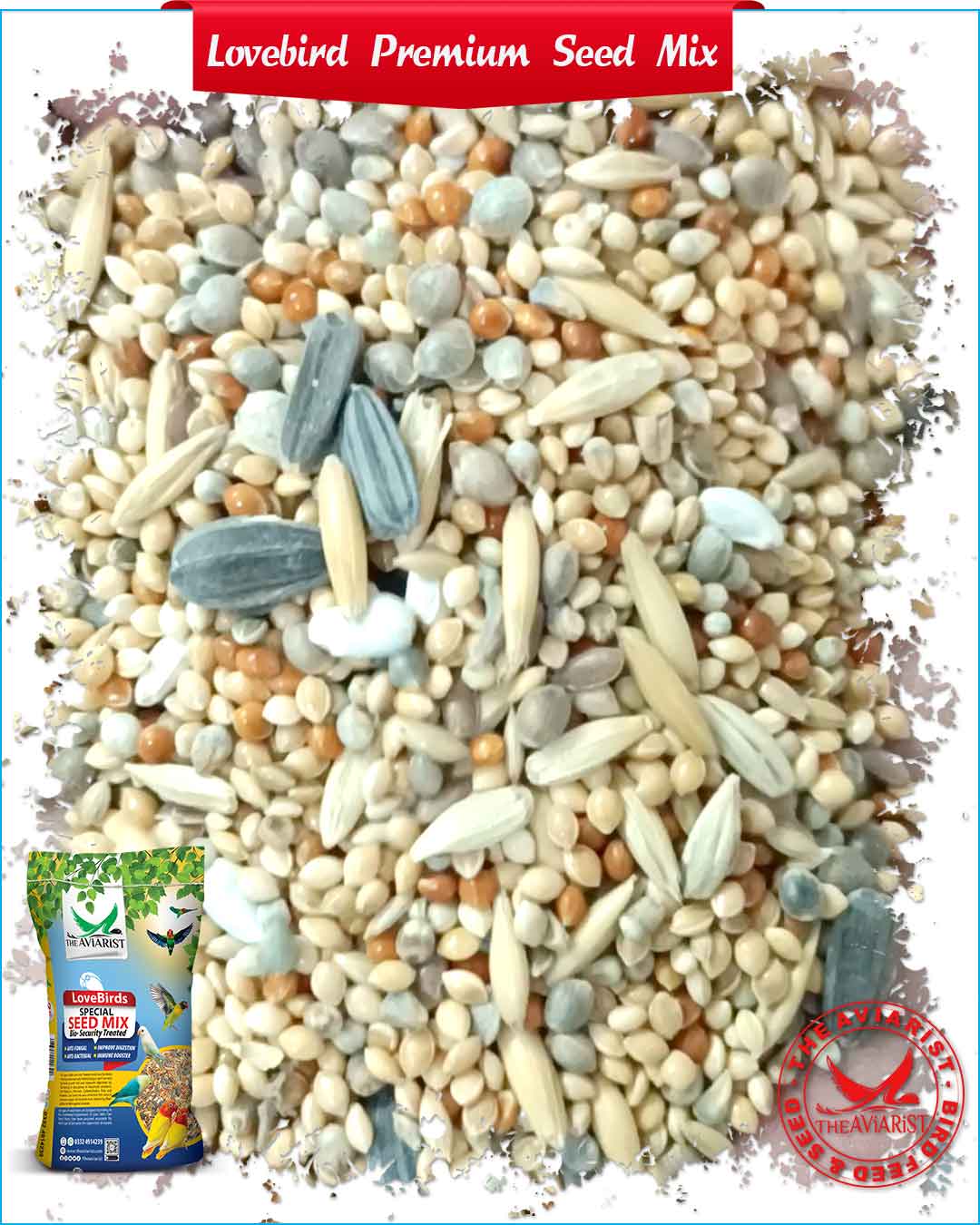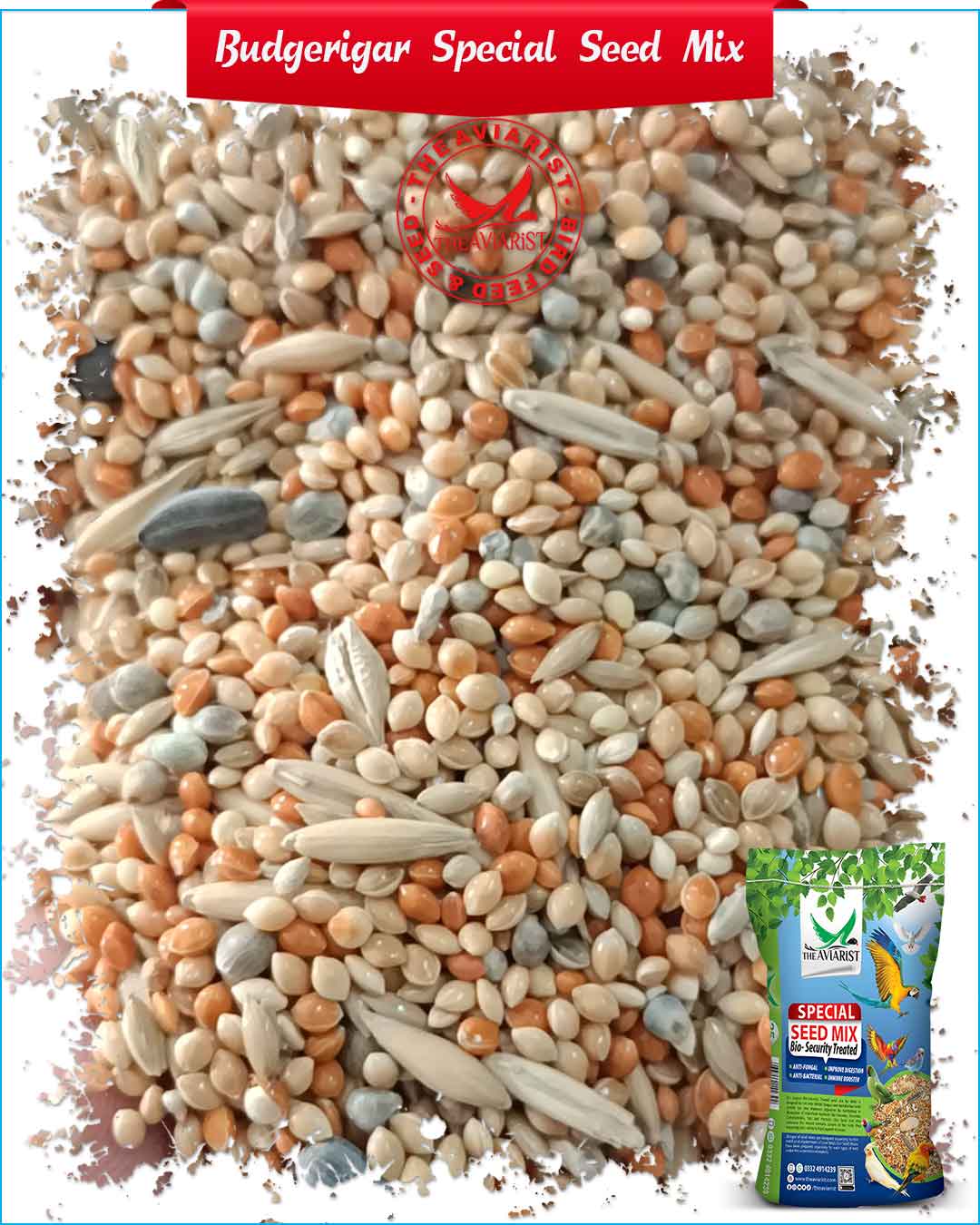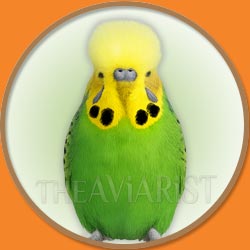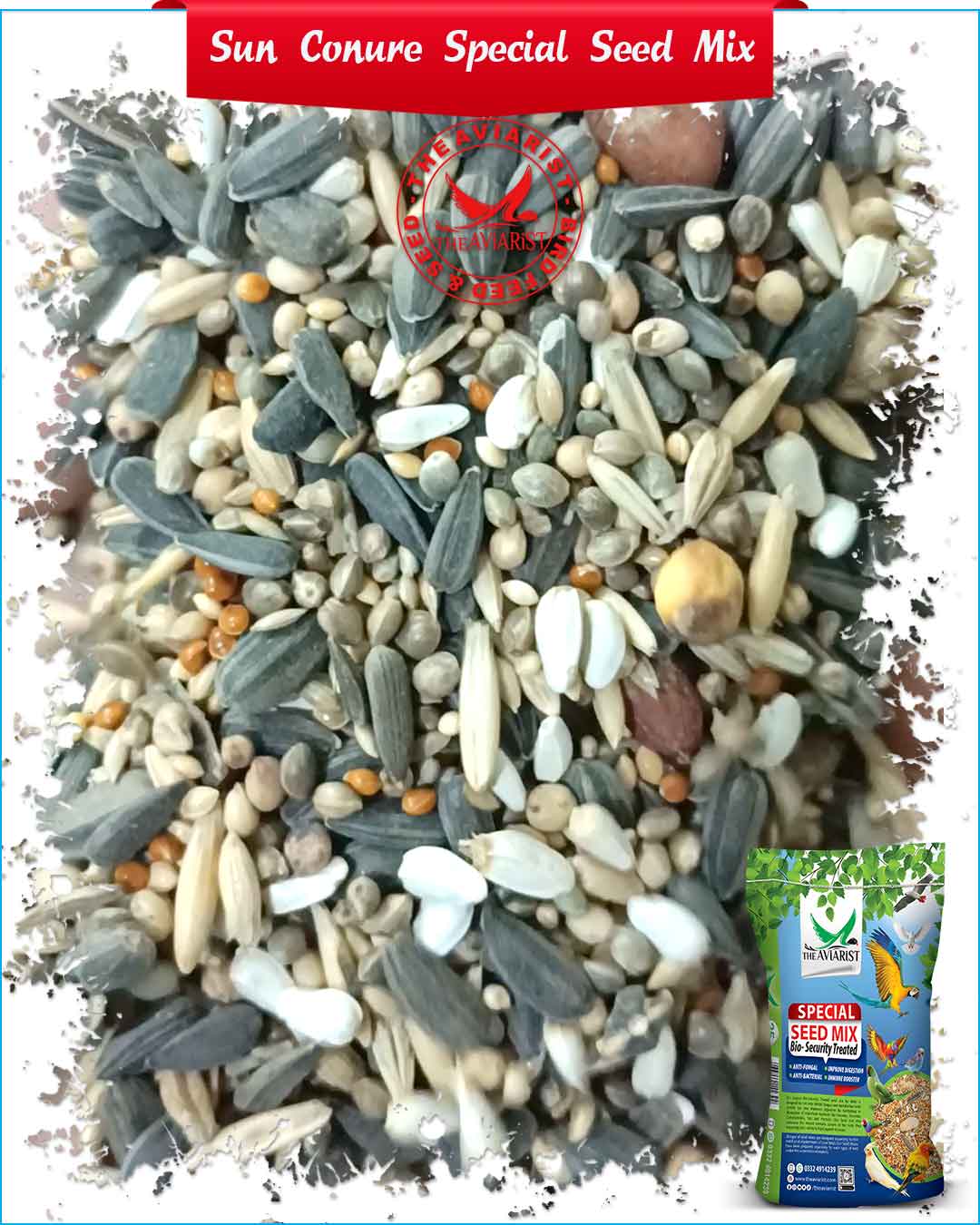Alexandrine Raw Parrot
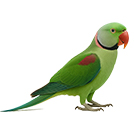
The Alexandrine Parrot (Psittacula eupatria), popularly known in South Asia as the Alexandrian Raw Parrot, is one of the largest and most majestic members of the parakeet family. Named after Alexander the Great, who is believed to have introduced this species to Europe and other parts of the world, the Alexandrine Parrot has been admired for centuries as a symbol of beauty, intelligence, and loyalty.
Native to India, Pakistan, Sri Lanka, and parts of Southeast Asia, this parrot thrives in both wild forests and urban areas. Its adaptability, striking appearance, and affectionate nature make it one of the most sought-after parrot species among bird enthusiasts.
Alexandrines are known for their gentle yet playful personality. They are intelligent, social birds capable of learning to mimic human speech and sounds, though not as clearly as Indian Ringnecks. With proper training, they form strong bonds with their owners, displaying loyalty and affection. However, they require consistent social interaction, enrichment, and spacious housing to stay healthy and tame.
A Complete Nutrition
At The Aviarist, we understand that the health, vitality, and breeding success of Alexandrine Raw Parrot depend largely on their diet. Our specially formulated Seed Mix for Alexandrine Raw Parrot is bio-security treated, ensures that Alexandrine Parrot receive safe, clean, and nutrient-rich food that supports their feather health, energy levels, fertility, and overall wellbeing.
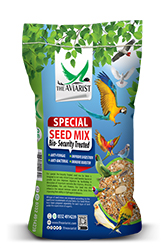
Special Seed Mix
Unlike ordinary seed mixes, our formula goes beyond just filling the seed cup. Every batch is carefully treated and enhanced to support the overall well-being, breeding performance, and immunity of your Alexandrine Raw Parrot.
The Special Seed Mix is our core variant, trusted by many breeders. What makes it unique is that, it is regularly adjusted and upgraded according to seasonal changes and breeding requirements.
Tailored nutrition for breeder pairs
Adjusted fat and protein ratios for better breeding outcomes
Ensures strong fertility, better hatch rates, and healthier chicks
This mix is especially beneficial during pre-breeding and general breeding periods.
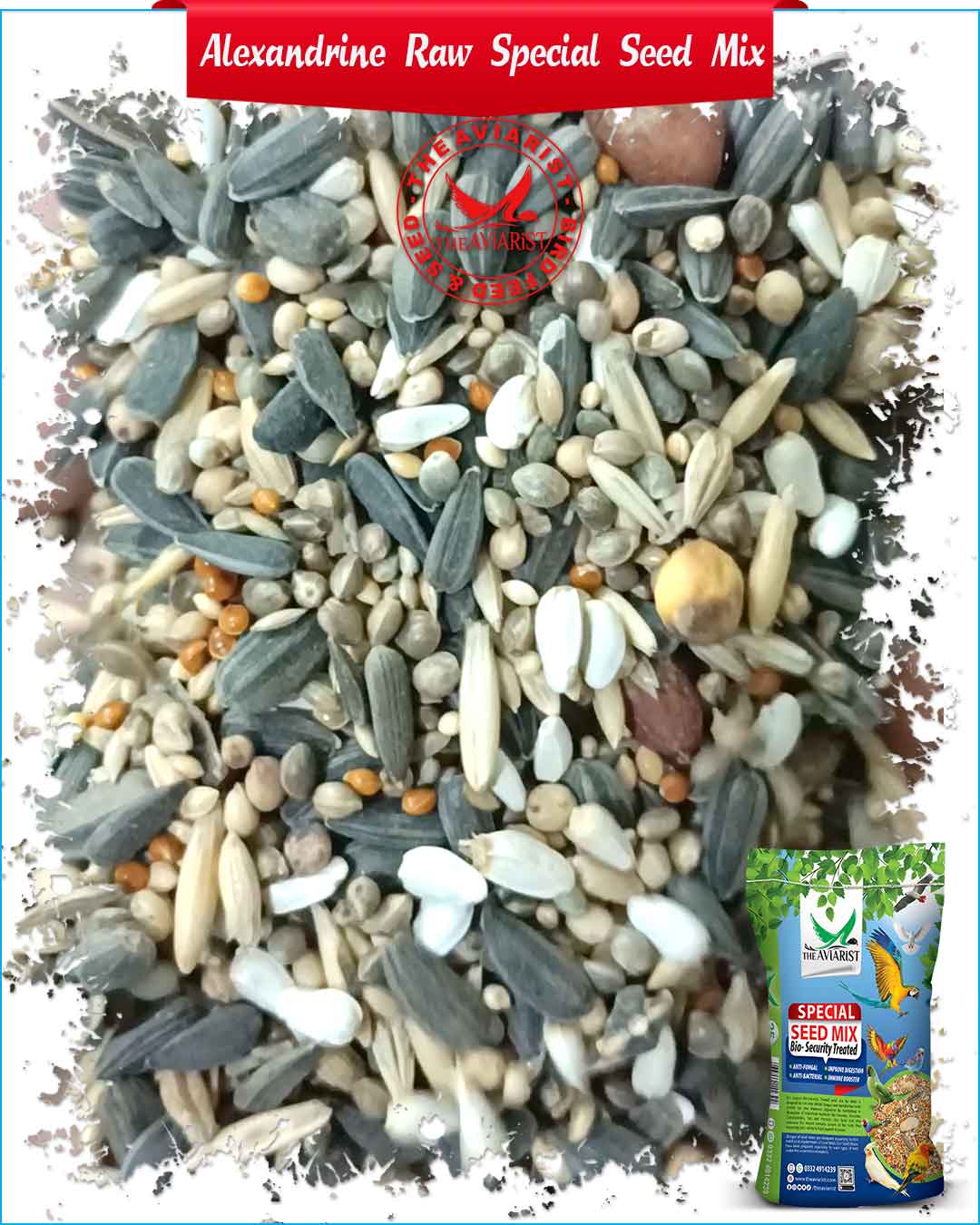

Key Ingredients:
| Ingredient | اجزاء |
| PROSO MILLET | سفید چینا |
| RED PROSO MILLET | لال چینا |
| CANARI SEED | کنیری |
| PEARL MILLET | باجرہ |
| HEMP SEED | بھنگ کے بیج |
| SUNFLOWER SEED | سورج مکھی |
| SAFFLOWER SEED | قرتم |
| OAT SEED | (جوی (جئی |
| BARLEY SEED | جوء |
| WHITE SORGHUM | جوارسفید |
| STRIPED SUNFLOWER SEED | ایرانی سورج مکھی |
| WHEAT | گندم |
| PEANUT | مونگ پھلی |
| PEANUT KERNAL | مونگ پھلی دانہ |
| ROASTED CHICKPEAS | بھنے ہوئے چنے |
Price Rs.280/Kg
Available in 10Kg & 25Kg Packing
Key Features
1. Bio-Security Treated Seeds
Every seed in our mix undergoes a strict bio-security process. This includes anti-fungal treatment that prevents the growth of harmful fungi such as Aspergillus, which can cause serious respiratory infections in birds. Additionally, the mix is treated to eliminate bad bacteria that often grow in untreated seeds and may lead to digestive or immune-related health problems.
2. Enhanced Digestion
Birds have a delicate digestive system that can sometimes struggle with raw seeds when kept in controled environment. To address this, our seed mix is enriched with special enzymes that aid in the breakdown and absorption of nutrients. These enzymes improve gut health, reduce digestive stress, and maximize nutrient utilization, ensuring that birds get the most from every seed they consume.
3. Immunity-Boosting Formula
A strong immune system is essential for protecting birds against common infections. Our blend is fortified with immunity-enhancing agents that help strengthen their natural defenses. This means your birds are better equipped to fight off seasonal illnesses, bacterial challenges, and environmental stressors.
4. Species-Specific Nutrition
Unlike generic bird seed blends, The Aviarist seed mix is specially crafted for species specific, keeping their natural habitat and dietary patterns in mind. The selected seeds provide the right balance of proteins, healthy fats, vitamins, and minerals that match their natural dietary needs.
Benefits
Healthier Plumage & Brighter Colors
Proper nutrition enhances feather quality, resulting in shinier, stronger, and more vibrant plumage—a sign of a healthy bird.
Boosted Energy & Vitality
With a balanced nutritional profile, birds remain more active, playful, and energetic, reflecting their natural behavior.
Stronger Immunity Against Diseases
The immunity boosting shield protect birds from bacterial and viral threats.
Improved Digestion & Nutrient Absorption
The added enzymes prevent bloating, indigestion, and seed waste, ensuring maximum nutritional benefit.
Longevity & Quality of Life
A safe and nutrient-rich diet contributes to a longer, healthier, and happier life for birds.
Breeding Benefits
Bird breeding requires an optimal diet rich in energy, proteins, and essential micronutrients. The Aviarist Seed Mix is designed to support the breeding cycle in several ways:
Enhanced Fertility in Pairs
Nutrient-rich seeds, combined with immune-boosting agents, improve fertility rates and increase the chances of successful breeding.
Stronger Egg Production
The bio-secure and enzyme-treated formula ensures the hen’s body efficiently absorbs calcium and proteins, leading to stronger, healthier eggs with better hatchability.
Healthy Chick Growth
Parents fed on this seed mix pass on enhanced nutrition to their chicks, ensuring stronger immunity, better feather growth, and healthy development from the very first days.
Reduced Breeding Stress
With improved digestion and higher energy reserves, breeding pairs remain less stressed during mating and chick-rearing, resulting in more consistent breeding success.
Alexandrine Parrot
The Majestic “Raw Parrot”
The Alexandrine Parrot remains popular among bird enthusiasts and aviculturists for its beauty, personality, and long life span, making it one of the most treasured parakeet species worldwide.
With a lifespan of 40–50 years, Alexandrine Parrots are long-term companions. They thrive on a balanced diet of pellets, fresh fruits, vegetables, sprouted seeds, and nuts. Due to their large size and strong beaks, they also need plenty of chewable toys and branches to satisfy their natural chewing instinct.
Appearance
Measuring about 22–24 inches (56–62 cm) in length, with a wingspan of nearly 8–9 inches, the Alexandrine Parrot is instantly recognizable by its long tail feathers and sturdy build. Their plumage is predominantly vibrant green, with a distinctive maroon patch on the shoulders (wing coverts), a yellowish-green underbelly, and a blue-grey sheen on the back of the neck. Mature males develop a striking black and rose-pink ring around the neck, while females and juveniles usually lack this marking, making them appear plainer. The large red beak is another signature feature.
The Alexandrine Parrot is easily recognized by its large size and robust body. It has a bright green plumage with a distinctive maroon patch on the wings, which is a unique trademark of the species. The beak is large, strong, and reddish in color, perfectly designed for cracking seeds and nuts.
Mature males develop a characteristic neck ring—a black stripe across the lower face and a pinkish band at the nape—making them easy to distinguish from females.
Personalityand Behavior
Alexandrine Parrots are known for their intelligence, playful personality, and affectionate bonding with their owners. They are excellent talkers, capable of learning words, phrases, and even mimicking household sounds with impressive clarity. Their calm temperament, combined with their social nature, makes them wonderful companions for those willing to dedicate time to interaction and training.
They are highly active birds and require a stimulating environment with toys, perches, and opportunities to climb and explore. Regular out-of-cage time and human interaction are essential to keep them happy and prevent boredom-related behaviors.
Care and Diet
Proper care is vital for the health and longevity of an Alexandrine Parrot. A balanced diet should include:
- High-quality seed mixes and pellets formulated for large parrots.
- Fresh fruits and vegetables (apples, carrots, leafy greens, corn, mango, berries).
- Nuts such as almonds and walnuts (offered occasionally as treats).
- Calcium supplements like cuttlebone or mineral blocks.
They also need a large, sturdy cage with ample space to spread their wings, climb, and play. With attentive care, Alexandrine Parrots can live 30–40 years or more, making them a lifelong companion.
Why Choose Alexandrian Raw Parrot?
The Alexandrian Raw Parrot is a perfect choice for bird lovers who want a large, intelligent, and affectionate parrot with excellent talking abilities. Its majestic beauty, playful personality, and strong bond with its caretakers make it a prized companion and a centerpiece in any aviary.
With proper care, patience, and socialization, the Alexandrine Parrot is not just a pet—it is a loyal, entertaining, and lifelong family member.
Nutritional Requirements
Alexandrine Parrots are one of the largest Asian parakeets, active, strong, and long-lived. Because of their size, they require slightly higher nutritional values than Indian Ring Necks, with a good balance of proteins, fats, vitamins, and minerals to maintain excellent health, feather quality, and breeding performance.
Macronutrients
Protein
- Maintenance (pets/companions): 12–15% of diet.
- Breeding season & chick-rearing: 16–18%.
- Molting period: 14–16% for feather regeneration.
Role:- Supports muscle strength, brilliant plumage, fertility, and chick development.
Fat
- General health: 6–9% of diet.
- Breeding & high activity: Up to 10–11% (short-term).
- Pet/indoor birds: Keep closer to 6–7% to prevent obesity.
Role:- Provides sustained energy, supports vitamin absorption, and keeps feathers glossy.
Carbohydrates & Fiber
- 50–55% of diet. Supplies steady energy and aids digestion.
Vitamins
- Vitamin A: Crucial for skin, vision, immunity, and vibrant plumage. (Carrots, spinach, red peppers).
- Vitamin D3: Required for calcium absorption and strong bones (sunlight or supplements).
- Vitamin E: Fertility and antioxidant defense.
- Vitamin K: Helps blood health and bone strength.
- B-Complex: Boosts metabolism, nerve function, and feather quality.
Minerals
- Calcium: 1–1.2% of diet (increased for breeding hens). Prevents egg-binding and bone weakness.
- Phosphorus: Must balance with calcium (Ca\P ratio 2:1).
- Magnesium, Zinc, Selenium, Iodine, Iron: Essential in trace amounts for fertility, metabolism, and immunity.
- Provide cuttlebone or mineral block at all times.
Breeding Season Requirement
- Protein: Increase to 16–18% for fertility and chick growth.
- Fat: Slightly higher (8–10%) to support energy needs.
- Calcium + Vitamin D3: Must be boosted for egg-laying hens.
- Soft & moist foods: Sprouted seeds, soaked pulses, chopped greens, and egg food enhance breeding performance.
Water
Fresh, clean water must always be available. Even mild dehydration causes stress, poor digestion, and reduced breeding performance.
Breeding Care
The Alexandrine Parrot is a rewarding but demanding species to breed due to its size, long lifespan and specific care needs.
Breeding requires patience, proper planning, and careful management as these parrots are larger and more sensitive than smaller parakeet species. They typically reach sexual maturity at around 3–4 years of age and only healthy, unrelated, and well-bonded pairs should be chosen for successful breeding. Below is a practical step-by-step guide for breeders:
1. Pre-Breeding Preparation
- Age & selection: Alexandrines reach sexual maturity at 3–4 years. Select healthy, unrelated, and bonded pairs.
- Veterinary check: Ensure both birds are free from parasites and infections.
- Conditioning diet: 6–8 weeks before breeding, enrich their diet with pellets, sprouts, legumes, nuts, dark leafy greens, fruits, and calcium supplements (cuttlebone, mineral blocks).
- Environment: Quiet, stress-free aviary with 12–14 hours of daylight during the breeding season.
2. Housing & Nesting Setup
- Aviary size: Minimum 6 ft x 3 ft x 6 ft (larger preferred for flight and comfort).
- Nest box: Wooden, vertical or L-shaped, measuring 14" x 14" x 24", with a concave base to prevent egg rolling.
- Bedding: Use clean wood shavings or untreated sawdust.
- Placement: Nest box should be at an elevated, shaded, and quiet spot in the aviary.
3. Courtship & Egg Laying
- Courtship signs: Male feeds the female, increased vocalization, frequent entry into nest box.
- Clutch size: Typically 2–4 eggs per clutch.
- Incubation period: 26–28 days, mostly by the female, while the male provides food and protection.
- Disturbance: Minimize human interference during incubation, as Alexandrines are sensitive to stress.
4. Chick Rearing
- Hatchlings: Blind and helpless at birth, fully dependent on parents.
- Feeding: Parents regurgitate food; ensure they have access to soft, protein-rich foods (soaked pulses, sprouts, cooked legumes, egg food, vegetables).
- Monitoring: Check nest box hygiene and chick growth, but handle with care to avoid parental aggression.
- Weaning: Chicks are usually weaned at 10–12 weeks. Introduce them to pellets, fruits, vegetables, and sprouts gradually.
5. Post-Breeding Care
- Rest period: Allow pairs a 3–4 month break after raising chicks to recover.
- Diet: Continue with a balanced maintenance diet rich in vitamins, minerals, and fresh foods.
- Health check: Monitor weight, feather condition, and overall health of both parents and chicks.
- Enrichment: Provide chewable toys and natural perches to satisfy their strong beak activity.
6. Breeding Management Tips
- Clutch frequency: Limit to 1–2 clutches per year to prevent exhaustion.
- Record keeping: Track pairing, egg laying, hatch dates, chick growth, and weaning details for long-term breeding success.
- Biosecurity: Keep new birds quarantined before introduction and maintain strict hygiene in aviaries.
With proper housing, nutrition, and care, Alexandrine Parrots can breed successfully and raise strong, healthy chicks. Given their high demand and long lifespan, successful breeding also provides excellent commercial returns.
Commercial Breeding of Alexandrine Parrot
The Alexandrine Parrot holds significant commercial value in aviculture due to its large size, beauty, and long lifespan, making it one of the most prized members of the Asiatic parakeet family. Its historical prestige, striking plumage, and calm temperament have ensured consistent demand both in local and international markets.
One of the main factors driving commercial interest is its impressive size (22–24 inches), which appeals to enthusiasts who want a parrot that is larger than the Indian Ringneck but more manageable than macaws or cockatoos. The maroon shoulder patches and long elegant tail make it visually unique, while its ability to mimic speech and sounds increases its popularity as a pet.
Selective breeding has also led to several color mutations such as blue, lutino, and grey, which are rare and highly valued. These variations fetch premium prices and attract collectors and breeders, further boosting the commercial scope.
In terms of breeding productivity, Alexandrine Parrots usually produce 2–4 eggs per clutch, with pairs capable of raising 1–2 clutches per year under proper management. Their relatively low clutch size compared to smaller parakeets means fewer chicks per season, but their higher individual market value makes breeding profitable.
Because Alexandrines can live up to 40–50 years, buyers view them as long-term companions, which sustains demand. Responsible breeders who provide healthy, well-socialized, and legally bred birds often gain repeat customers and strong reputations in the avian trade.
In conclusion, Alexandrine Parrot breeding offers an excellent commercial opportunity for aviculturists who can invest in proper facilities, nutrition, and ethical practices. Its combination of beauty, rarity, intelligence, and high market value ensures it remains a profitable and respected species in aviculture.
Why The Aviarist Seed Mix?
To maintain excellent health, Alexandrine Parrots need a diet with 12–15% protein (up to 18% in breeding), 6–9% fat, and a strong balance of vitamins and minerals. A scientifically designed seed mix like The Aviarist- ensures they remain active, fertile, and beautifully feathered, whether kept as pets or for breeding.
